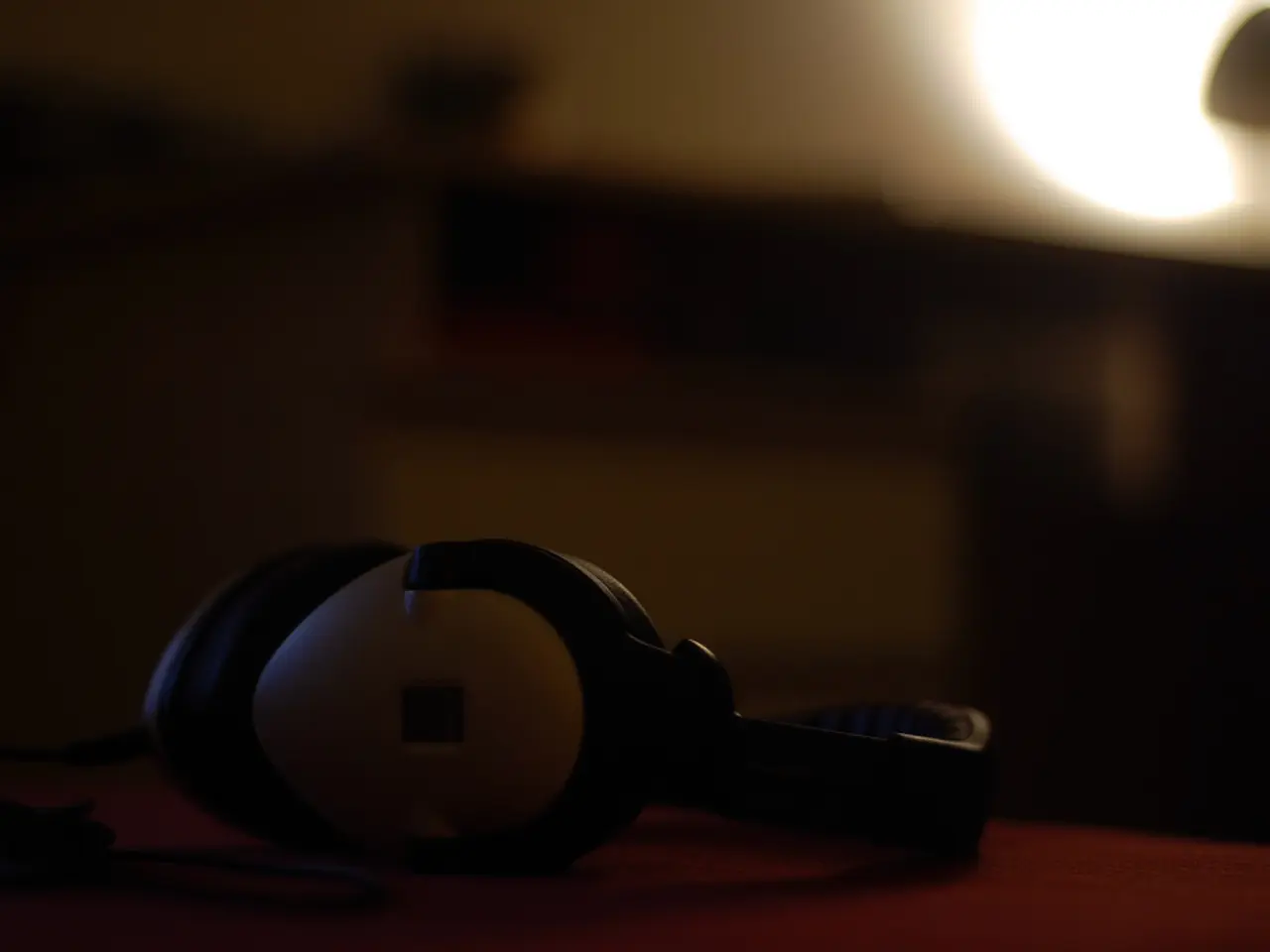Investigating Audible Leakage in Open-Back Headphones: To What Extent is the Sound Leak Problem?
In the world of audio, headphone bleed is a common issue that can disrupt your listening experience and those around you, especially in settings such as recording studios, libraries, or shared living spaces. Here's a guide to help you manage headphone bleed effectively.
Headphone bleed refers to sound leaking out of open-back headphones, which can be disruptive to others in the same environment. To achieve a more private listening experience with open-back headphones, your options are limited by their design: open-back headphones inherently leak sound both ways (sound escapes out and outside noise comes in).
One practical strategy to manage headphone bleed is to lower the listening volume. Reducing volume minimizes how much sound leaks out, making it less audible to people nearby. However, if privacy is a priority, using closed-back headphones may be a better option. Closed-back models physically block sound leakage far better, preventing bleed both out and in, which open-back headphones cannot do by design.
In more casual environments, the benefits of open-back headphones, such as a more natural soundstage and enhanced audio quality, may outweigh the drawbacks of sound leakage. Semi-open headphones can be an intermediate choice, offering a balance between the expansive soundstage of open-back models and the privacy of closed-back options.
Adding sound dampening around your space can also help reduce bleed. Using blankets, cushions, or acoustic panels nearby can absorb escaping sound, reducing bleed to others around you. Positioning your headphones carefully can also help. Turning your head or seating yourself away from others directs less sound toward them.
It's important to note that open-back headphones are widely used in studio settings for tasks like mixing and mastering due to their ability to produce a more natural and transparent sound. However, careful consideration should be given to the use of open-back headphones in collaborative studio settings due to the potential for sound leakage to interfere with recordings.
In quiet environments or shared spaces, closed-back headphones may be a better option for reducing sound leakage. They are also an effective alternative for those who need to avoid disturbing others with sound leakage.
Conducting thorough research on headphone models with a reputation for minimized bleed can help find open-back headphones that balance sound leakage with the desired audio quality. By following these strategies, you can effectively manage headphone bleed and enjoy your audio experience without disturbing others.
Investing in closed-back headphones could be a more suitable choice for maintaining sound quality in quiet environments or shared spaces, as they effectively block sound leakage both ways. On the other hand, if you prioritize the sound quality provided by gadgets like open-back headphones, opting for semi-open models might serve as an intermediate solution to strike a balance between audio quality and technology-induced distractions.








